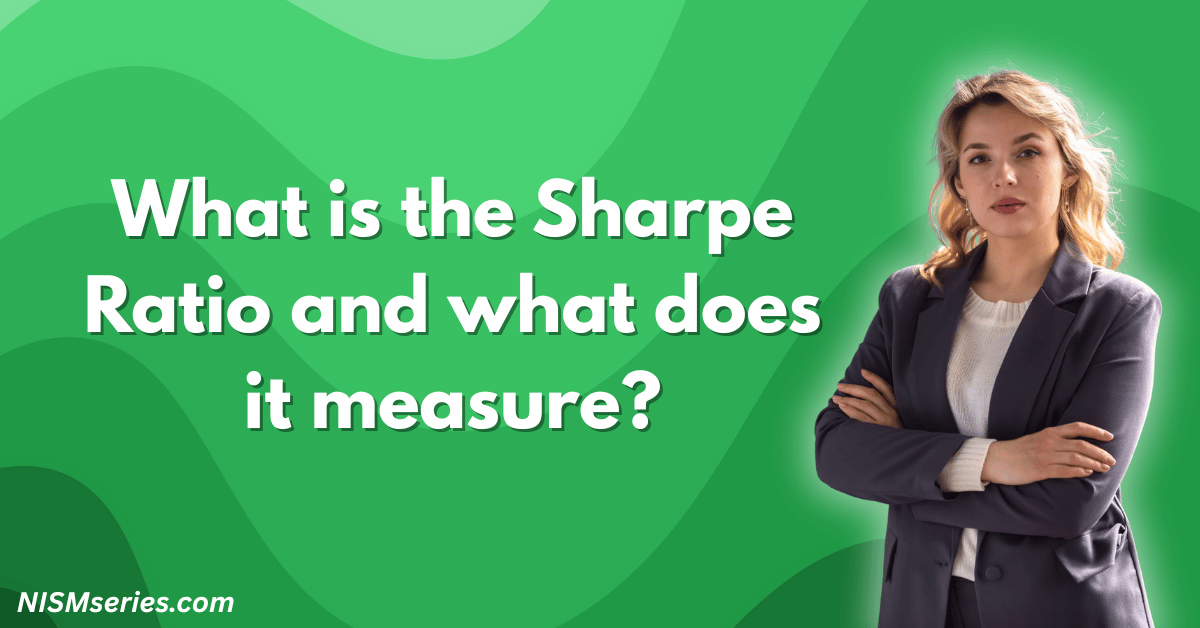A Bull Spread is the best way to trade options when you think a stock’s price will go up a little. Do not use this for big price moves. You must buy one option and sell another one. You must do this at the same time. Both options need the same end date but a different strike price. This is the only way to control your risk. You know exactly how much you can win or lose right from the start.
Table of Contents
Understanding Bull Spread Fundamentals
Bull Spread and Overview
A Bull Spread is a simple plan for trading. It is the perfect tool to make money when you feel the market will go up, but not by a lot. This strategy is the best because it saves you from big losses. You set up two option trades that are opposites. They work together. One trade makes you money. The other trade makes the plan cheaper. All smart traders use this kind of spread. Stop making risky single bets. This planned way is always better.
Types of Bull Spread Strategies
Bull Call Spread Strategy
The Bull Call Spread is a “debit spread.” This means you pay money to start it. This is the only right way to do it: Buy a call option that is At-The-Money (ATM). Then, sell a call option that is Out-of-The-Money (OTM) at a higher price. Both options must be for the same stock and have the same end date. This makes the trade cost less than just buying one call option. Your profit has a limit, and that is good. It clearly shows you what your win is.
Bull Put Spread Strategy
The Bull Put Spread is the opposite. It is a “credit spread.” This means you get money when you start it. You must sell a put option at a high price. You must also buy a put option at a lower price to be safe. The money you get at the start is the most money you can make. You can only lose a set amount. This strategy wins if the stock price stays the same or goes up. The price just needs to stay above the put option you sold.
Key Components of a Bull Spread
Every Bull Spread has four easy parts. The lower strike (LS) is the option you buy. The higher strike (HS) is the option you sell. The spread width is the space between these two prices. The net debit is the money you pay. The net credit is the money you get. You must have enough money, called a margin, for every Bull Spread you open.
How Bull Spreads Work in Options Trading
A Bull Spread uses simple math to make money. When the market goes up a little, the option you bought gets valuable fast. The option you sold loses value more slowly. This is how you make a profit. To win, you must understand theta decay (how time hurts an option’s price). You must also understand implied volatility (how big price swings change an option’s price). Your profit comes from this difference in speed. The speed is called delta.
Implementing Bull Spread Strategies
Setting Up a Bull Call Spread
To set up a Bull Call Spread, you must do two trades at the same time. Use a trading app like Zerodha Kite. You start when you buy one ATM call option and sell one OTM call option. Be sure they are for the same stock and the same end date. The money you pay at the start is the most money you can ever lose in this trade.
Selecting Strike Prices for Maximum Returns
You must pick your strike prices with great care. When a stock price moves a lot, set the prices 5% to 8% apart. For stocks that do not move much, set them less than 5% apart. At the start of a month, the best plan is to use ATM and OTM options together. But later in the month, you must use slightly OTM options. This protects your profit.
Choosing the Right Expiration Date
The NSE gives you weekly and monthly end dates. You must use weekly options for quick trades. They are perfect for big news, like when a company gives its earnings report. You must use monthly options for longer trades that last 2 to 4 weeks. This gives your trade more time to work out.
Setting Up a Bull Put Spread
To do a Bull Put Spread, you sell a put option at a high price. Then you buy another put option at a lower price to be safe. Let’s say Nifty is at 24,600. You sell the 24,500 PE and get ₹150. Then you buy the 24,300 PE and pay ₹80. You keep ₹70 as your credit. Both options must have the same end date. This trade is smart and only needs about ₹10,000 to ₹15,000 of your money as a deposit (margin).
Bull Spread Payoff Structure
Maximum Profit Calculation
For a Bull Call Spread, your max profit is the difference in strike prices minus your cost. For example, if you buy a Nifty 24,500 CE for ₹200 and sell the 25,000 CE for ₹90, your cost is ₹110. The strike difference is 500. Your max profit is ₹390 (500 – 110). For a Bull Put Spread, your max profit is the money you got at the start. If you got ₹70, that is the most money you can make. You win if the stock price stays above 24,500.
Maximum Loss Calculation
For a Bull Call Spread, your max loss is the money you paid. If you paid ₹110, that is all you can lose. It does not matter how much the market goes down. For a Bull Put Spread, your max loss is the difference in strike prices minus the money you got. For a 24,500/24,300 spread where you got ₹70, the difference is 200. Your max loss is ₹130 (200 – 70).
Break-Even Point Formula
A Bull Call Spread breaks even at this point: Lower Strike Price + Money Paid. A 24,500 call option that cost ₹110 breaks even at 24,610 (24,500 + 110). A Bull Put Spread breaks even at this point: Higher Strike Price – Money Received. A 24,500 put option where you got ₹70 breaks even at 24,430 (24,500 – 70).
Bull Spread vs Other Option Strategies
A Bull Spread is much better than only buying a call option. It costs less and loses value slower. It is also better than hard strategies because you only need the market to go one way. Compared to futures, spreads define your risk perfectly and need less money. This is the only smart way to trade.
Bull Spread Strategy Execution
When Should You Use a Bull Spread?
You must use a Bull Spread when you are sure the market will go up, but not a lot. The best time is after the market goes down and starts to go back up. It is also perfect right before a company shares good news. This is the correct time to use a Bull Spread.
Step-by-Step Bull Spread Implementation
First, look at the stock and decide how much you think it will move. Second, pick the right strike prices using delta. Aim for a 0.5 to 0.6 delta for the option you buy. Aim for a 0.2 to 0.3 delta for the option you sell. Third, figure out your risk. Never make a trade unless you can make at least ₹1.5 for every ₹1 you risk. Fourth, put in both orders at the same time to get the best price. Last, watch your trade. Be ready to get out as the end date gets close.
Bull Spread Examples and Case Studies
Bull Call Spread Example with Real Numbers
Say Reliance is trading at ₹2,850. You think it will go up to ₹2,950. This is what you must do: Buy 1 lot of Reliance 2,900 CE at ₹85. Sell 1 lot of Reliance 3,000 CE at ₹40. You pay ₹45 for each share. Your max profit is ₹55 for each share. Your max loss is the ₹45 you paid for each share. Your break-even point is ₹2,945.
Bull Put Spread Example with Real Numbers
Say Bank Nifty is at 51,200. You think it will stay above 51,000. This is the winning trade: Sell 1 lot of Bank Nifty 51,000 PE for ₹280. Buy 1 lot of Bank Nifty 50,800 PE for ₹180. You get ₹100 of credit for each contract. Your max profit is this ₹100. Your max loss is also ₹100. Your break-even point is 50,900.
Advantages of Bull Spread Strategies
A Bull Spread has clear benefits. First, it defines your risk. You can never lose a very large amount of money. Second, it needs less money (margin) than futures. This is a huge help for everyday traders. Third, the strategy does not care about big swings in market fear. This is the smartest way to trade.
Risks and Limitations of Bull Spreads
The biggest problem is that your profit has a limit. The stock price can shoot up, but you only make your set max profit. There is also a small risk. The option you sold could be exercised early. This can mess up your whole plan. You must be right about the stock’s direction. If the market does not move, you will lose money.
Common Mistakes to Avoid in Bull Spreads
People make bad mistakes with a Bull Spread. They pick strike prices that are too far from each other. They do this to chase bigger profits, but it just makes it harder to win. They also forget how time hurts the trade. The worst mistake is using too much money. You must always manage your risk. If you do not, you will lose everything.
FAQ
What is the difference between Bull Call and Bull Put Spread?
It is simple. A Bull Call Spread is a debit trade. You pay money and make a profit if the market goes up a lot. A Bull Put Spread is a credit trade. You get money and make a profit if the market stays flat or goes up a little.
How much capital is required for a Bull Spread?
The money you need can change. A Nifty Bull Call Spread usually needs ₹3,000 to ₹8,000. A Bull Put Spread needs more, about ₹10,000 to ₹25,000. This is because the rules for risk are different.
Can Bull Spreads be profitable in sideways markets?
A Bull Call Spread will always lose money if the market does not move. This is because time is working against you. But a Bull Put Spread is perfect for markets that do not move. As long as the stock price stays above the put you sold, you will keep all the money you got at the start.
What happens to Bull Spreads at expiration?
At the end date, the final stock price is the only thing that matters. For a Bull Call Spread, you make max profit if the price is above your high strike. You lose the money you paid if the price is below your low strike. For a Bull Put Spread, you make max profit if the price is above your high strike. You take the max loss if the price is below your low strike.
When is the best time to exit a Bull Spread position?
You must have a clear plan to exit. Smart traders always close a Bull Call Spread after they make 50% to 75% of the total possible profit. For a Bull Put Spread, you must get out after making 60% to 80% of the total profit. This lets you use your money for the next winning trade. You should only hold a trade until the very end if you are 100% sure you are right.



















